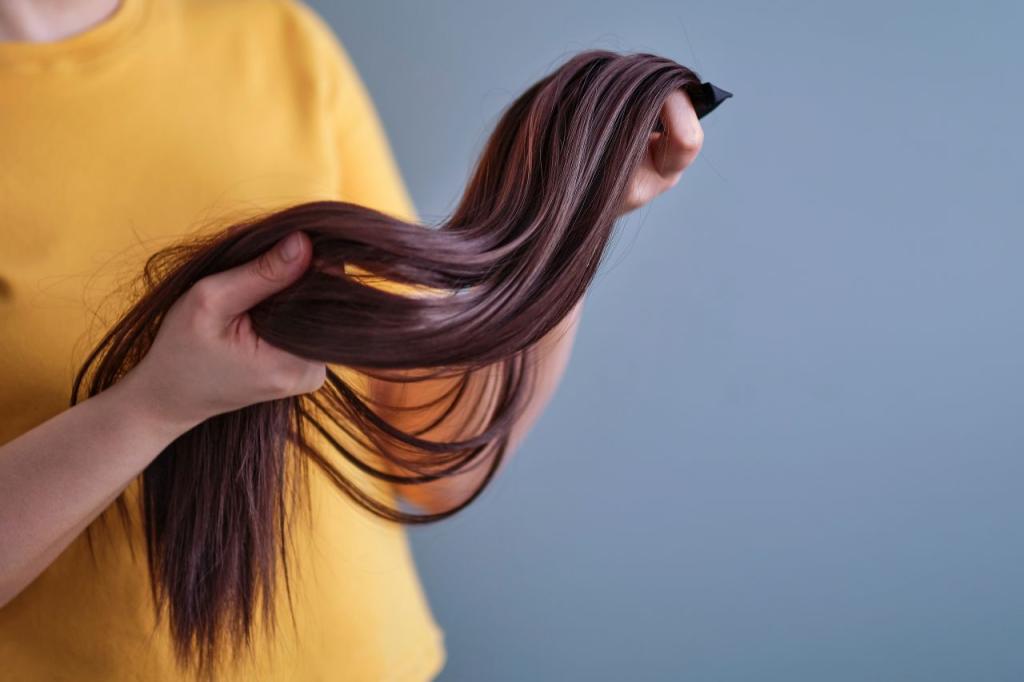
Hair toppers, or hairpieces, are popular alternatives to full wigs as well as a bestselling part of our collection. As the name suggests, a topper covers the top of the head to provide a vital volume boost and instant coverage for thinning locks. Hair toppers are extremely easy to use, with most sporting a clip-in design to ensure application and removal in seconds, not to mention a secure construction that can withstand the rigours of day-to-day life.
Wearing a hair topper doesn’t come without its challenges however. Achieving a seamless blend between your topper and natural hair isn’t easy. Many wearers also have concerns that their topper could be more of a hindrance than a help when it comes to hair loss and thinning.
In this blog post, we bust the myths and reveal the facts about hair toppers and their links to hair loss, so you can find suitable coverage and wear it with confidence.
We’ll get straight to the point, hair toppers can cause further hair loss, but only if they aren’t used correctly. Traction alopecia is the biggest concern due to the continuous tension and pressure prolonged use of a heavy or ill-fitting hair topper can put on follicles.
A poor fit and constant movement can also result in friction to put extra stress and strain on thinning areas. The clips and combs used to secure your hair topper can pull on fragile follicles too causing them to weaken, and contributing to issues like androgenetic alopecia (more commonly known as male or female pattern hair loss) and alopecia areata.
Hair toppers are no doubt a great way to add instant volume to your hair, providing a much-needed boost for thinner looking locks or essential coverage for those at the very beginning of their hair loss journey.
Without the right guidance however, your topper could be contributing to your hair loss problem, not just covering it. As Hair.com by L’Oréal explains, whether the use of a hair topper is a positive or negative all depends on the wearer:
“While we’d love to say hair toppers are a safe, non-damaging option for everyone, that’s not always the case. Hair that is weak or prone to fallout may not be able to withstand the added tension of a clip-in hairpiece, which can cause hair to shed further. On the flip side, there are usually fewer risks for women who don’t have excess fallout and are just looking for a quick volume boost from a topper.”
There are many steps you can take to make sure your chosen topper doesn’t make a meal of hair health. Selecting a lightweight hair topper with a breathable, scalp-friendly construction is a great place to begin.
When applying your hair topper, make sure the clips used to secure your hairpiece aren’t fastened too tightly. If you wear a topper every day, you should also alternate the placement of these clips to prevent repeated pressure in the same spots. Remember, while the most popular attachment method, clips aren’t your only option. You can use tapes and other adhesives, so be sure to shop around for the right solution for you.
You should give your scalp breaks too. Your follicles need time to rest and recover without the strain of a topper.
We suggest working with a wig specialist like us to find the best solution for you. We provide consultations for wig wearers at every stage and with various needs, and can help you make sense of the wigs and hairpieces available. We also provide professional fitting to prevent the topper issues discussed in this article. With the right advice and support, you can enjoy the very best of hair topper use, minus the problems.
Find out more about our consultations here for further details. You can also browse our range of ladies’ hairpieces and men’s hair toppers.